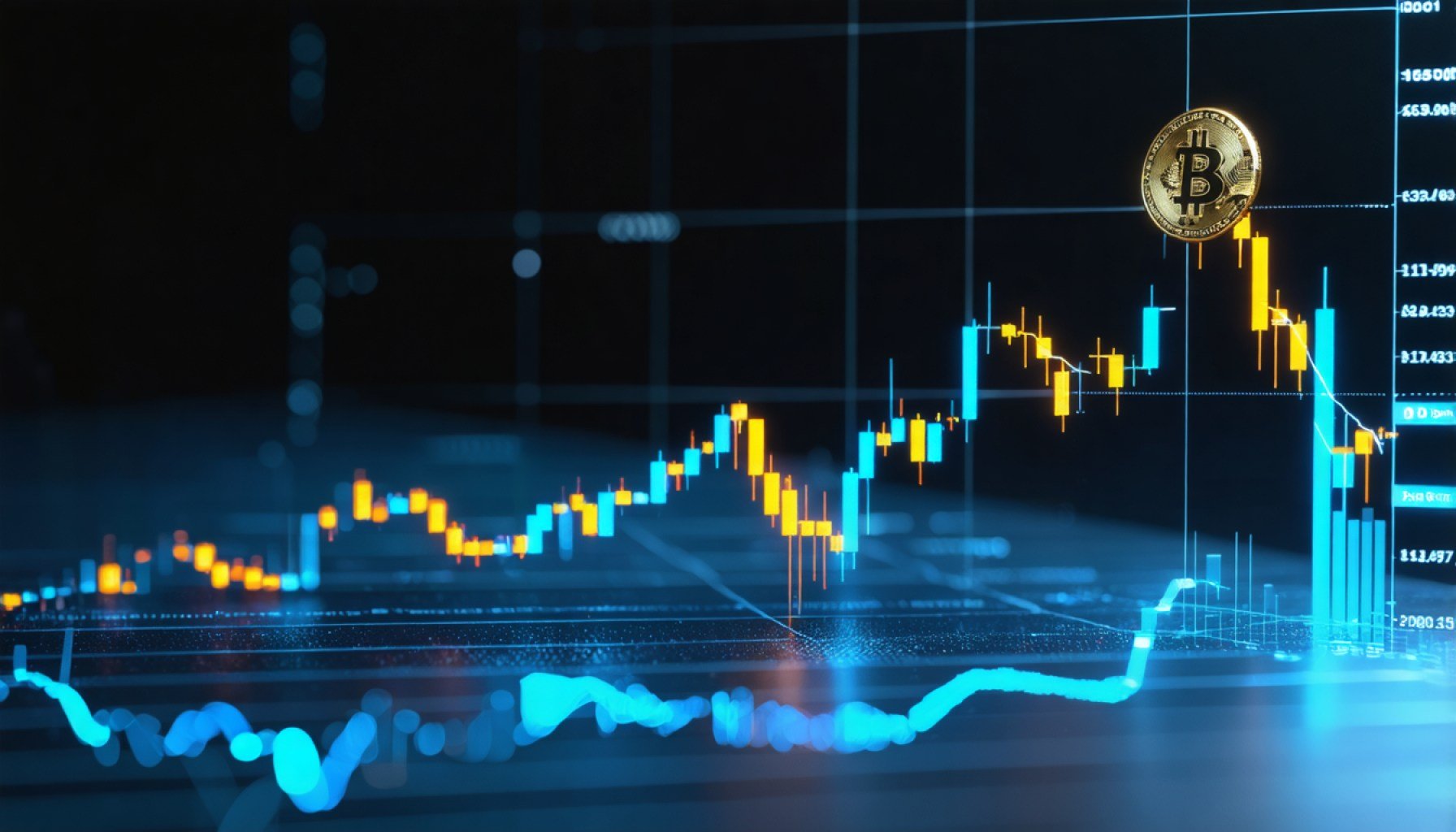- Institutional interest has driven a resurgence in the crypto market, with XRP showing a 6.5% rise today and a 9% increase over the week, trading above $2.68.
- Major investors are increasingly acquiring XRP, inspired by favorable on-chain indicators and reduced exchange volumes, indicating a move towards long-term holds.
- Anticipation grows for a spot XRP ETF in the U.S., encouraged by recent filings and Brazil’s approval of Hashdex’s first spot XRP ETF.
- XRP’s price has previously surged beyond $3 due to significant institutional inflows after Donald Trump’s U.S. Presidential win.
- Regulatory developments in the U.S., including Trump’s push to establish a crypto hub, are fostering increased institutional demand for XRP.
- A specialized crypto task force in the U.S. may alleviate ongoing legal challenges, bringing renewed optimism in the crypto market.
A stirring breeze of change swept through the crypto market, as institutional interest breathed new life into Bitcoin and altcoins. Among the frontrunners stood XRP, showcasing a notable 6.5% rise today, extending its weekly ascent to 9% and trading robustly above $2.68. This surge in institutional volume has kindled hope for an impending bull march.
Over the past two days, major investors have scooped up XRP, buoyed by positive on-chain signals. Traders pointed to a decrease in exchange volumes, hinting at a shift towards long-term holdings. This shift contrasts starkly with recent weeks, where retail sales predominated.
Excitement also swirls around the prospect of a spot XRP ETF in the United States, fueled by last year’s success of Bitcoin products. Recent filings have invigorated market sentiments, while global movements add to the momentum. A spark of euphoria rippled through the XRP community as Brazil gave Hashdex the nod to launch the first spot XRP ETF. Competitive filings from WisdomTree and Canary Capital further piqued investor interest.
The price of XRP previously leapt beyond $3, following unprecedented institutional inflows in the wake of Donald Trump’s U.S. Presidential victory. Meanwhile, the broader market rebounded this month, recovering from the U.S. imposition of tariffs on Mexico and Canada. As DeepSeek’s launch sent tech stocks and Bitcoin into a temporary tailspin, BTC’s drop below $100k sent dismay through altcoin investments.
Uplifting regulatory shifts in the United States also contributed to XRP’s rising fortunes. Trump’s commitment to making the nation a crypto hub has fanned institutional demand. The creation of a specialized crypto task force hints at a potential pause in ongoing legal battles, ushering a newfound optimism across the crypto landscape.
Can XRP’s Bullish Momentum Revolutionize the Crypto Market?
Impact of Institutional Interest on XRP and the Crypto Market
As institutional interest rejuvenates Bitcoin and altcoins, XRP has emerged as a key player, reflecting newfound optimism from major financial players. This shift is pivotal because institutional investments often bring stability and long-term growth potential, which can reduce the volatility typically seen in the crypto market.
Real-World Use Cases for XRP
XRP, developed by Ripple Labs, is not merely a speculative asset but has several practical applications:
1. Cross-Border Transactions: XRP enables fast and low-cost international payments, making it a tool of choice for banks and financial institutions for cross-border remittance.
2. Liquidity Management: Institutions use XRP for on-demand liquidity to minimize currency conversion costs and streamline financial operations.
3. Smart Contracts: Ripple’s technology facilitates smart contracts, adding functionality that can rival Ethereum.
These use cases are crucial in explaining why XRP is attractive to institutions looking for more than just traditional crypto investing.
Ripple’s Market Forecast and Industry Trends
Experts predict that if Ripple continues its partnerships with financial institutions and regulatory bodies, XRP could see significant long-term appreciation. However, legal rulings, particularly those involving the SEC, remain central to determining XRP’s market trajectory.
– Spot ETF Developments: The approval of spot XRP ETFs, like those in Brazil, stimulate investor confidence. As regulations become more favorable, similar products in the U.S. could further propel XRP’s adoption.
– Global Expansion: Ripple’s global expansion efforts can serve as a catalyst for XRP’s growth. Strategic moves, such as collaborations in Asia and South America, are critical for tapping into new markets.
Controversies & Limitations
While XRP shows potential, controversies linger:
– Legal Challenges: Ripple’s ongoing litigation with the SEC over whether XRP should be classified as a security remains a significant hurdle.
– Centralization Concerns: Critics point out that Ripple Labs holds a significant portion of XRP, leading to debates over decentralization and control.
These considerations can impact investor sentiment, especially for those concerned with regulatory risks.
Security and Sustainability
Security: XRP uses consensus to verify transactions, offering faster processing without the energy-intensive mining process of Bitcoin. This makes it a more secure and environmentally friendly option for financial transactions.
Sustainability: The decreased energy usage associated with XRP aligns with growing environmental consciousness, making it attractive to eco-minded investors.
Features, Specs & Pricing
– Transaction Speed: Nearly millions of transactions per second, significantly faster than Bitcoin or Ethereum.
– Fees: Extremely low transaction fees make it ideal for microtransactions and large-scale, high-frequency trading.
– Market Position: As of recent months, XRP has consistently ranked within the top 10 cryptocurrencies by market capitalization, showcasing its market robustness.
Pros & Cons Overview
Pros:
– Speedy transactions and low fees.
– Increasing institutional adoption.
– Strong global partnerships.
Cons:
– Regulatory uncertainties, particularly in the U.S.
– Criticisms over centralization.
Actionable Recommendations
1. Stay Informed on Regulatory Changes: Monitor developments in the SEC case and other international regulatory rulings affecting XRP.
2. Diversify Holdings: While institutional interest in XRP is rising, maintaining a diversified crypto portfolio can mitigate risk.
3. Evaluate Use Cases: Consider XRP’s real-world applications and how they align with broader market opportunities before investing.
4. Monitor Exchange Volumes: A shift from retail to institutional volumes can indicate long-term holding patterns and changing market dynamics.
For more insights into cryptocurrency trends and market forecasts, visit CoinMarketCap.



















